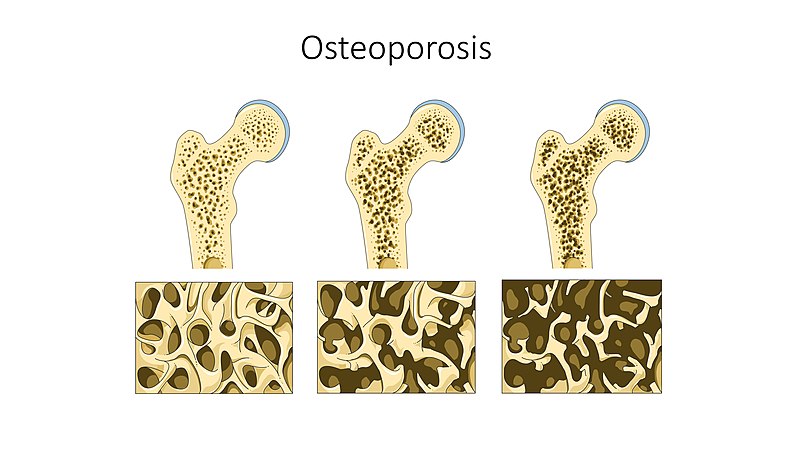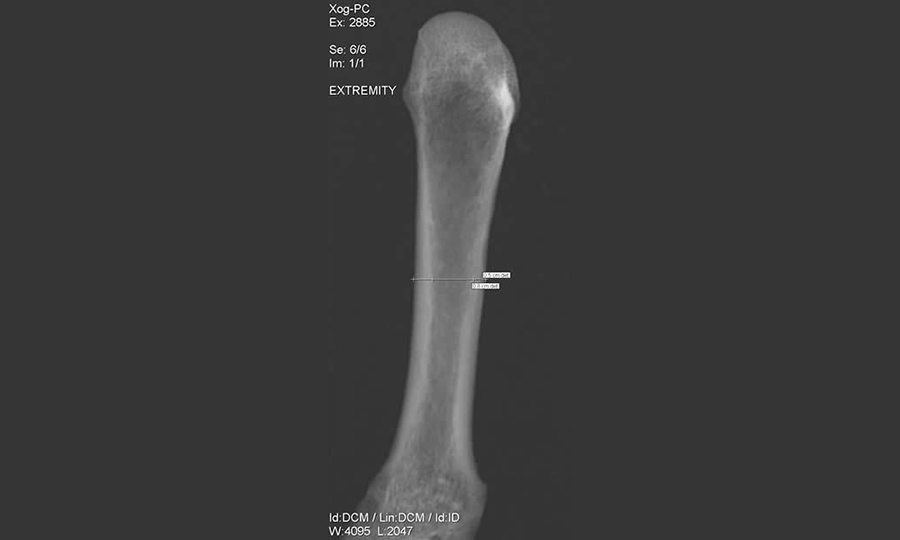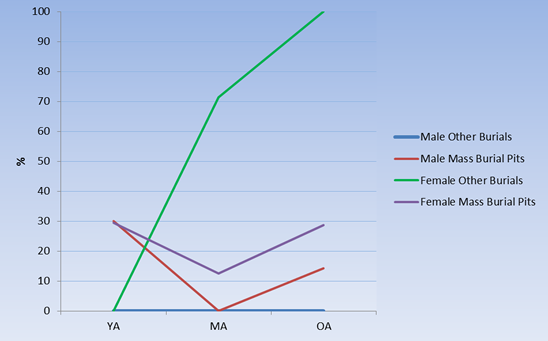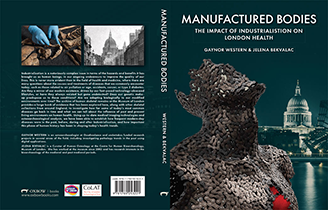Nutrition and premature ageing
Another condition affecting the bones of older individuals is osteoporosis. Osteoporosis is a metabolic disease affecting bone density and the ability of bone to remodel.
It makes bone more fragile and vulnerable to fracture. Senile osteoporosis affects individuals over 70 years old and it is most frequently seen in old age females because of the menopause, which leads to a drop in oestrogen leading to reduced bone density.
Starvation may also lead to osteoporosis. Prior to industrialisation, we were much more vulnerable to climatic conditions and outbreaks of disease amongst crops and animals when it came to producing and obtaining food. Famines were common and often led to spikes in mortality rates. Poor harvests left many people vulnerable to hunger even as late as the early 19th century, when food was an expensive commodity; as much as 75% of total weekly wages in agricultural families were spent on food, with around 50% of wages being spent solely on bread.
When we looked at the individuals buried in the mass graves, the pattern of osteoporosis present was unusual, affecting much younger individuals than expected and these younger individuals were both male and female. In contrast, osteoporosis in the other burials showed a distribution pattern of osteoporosis much more typical of that we see today, with prevalence increasing with age and a much higher proportion of females being affected.
Using digital radiography, we examined the human skeletal remains in our sample for osteoporosis by looking at the density of one of the hand bones (2nd metacarpal). One part of our study focussed on the burials at St. Mary Spitalfields, London, which had been a medieval hospital and priory. Here, over half of the individuals were buried in mass graves during the 13th century. Don Walker at the Museum of London Archaeology Services discovered that a massive volcanic eruption in 1258 in the tropics led to a global ‘dry fog’ that caused severe famines in England during the mid-13th century. It is likely that the individuals buried in the mass graves were victims of this disastrous famine.
A similar pattern was seen across all our pre-industrial groups, where osteoporosis was experienced at a much younger age than in the Industrial Period. Prior to industrialisation, the numerous famines and poor nutrition caused our bodies to age prematurely. On the other hand, in the Industrial Period, London had the highest rates of osteoporosis compared to the rural towns and villages and it was at this time that we start to see a shift in the demographic profile of the city’s population. Osteoporosis was starting to become more a disease of the elderly.











